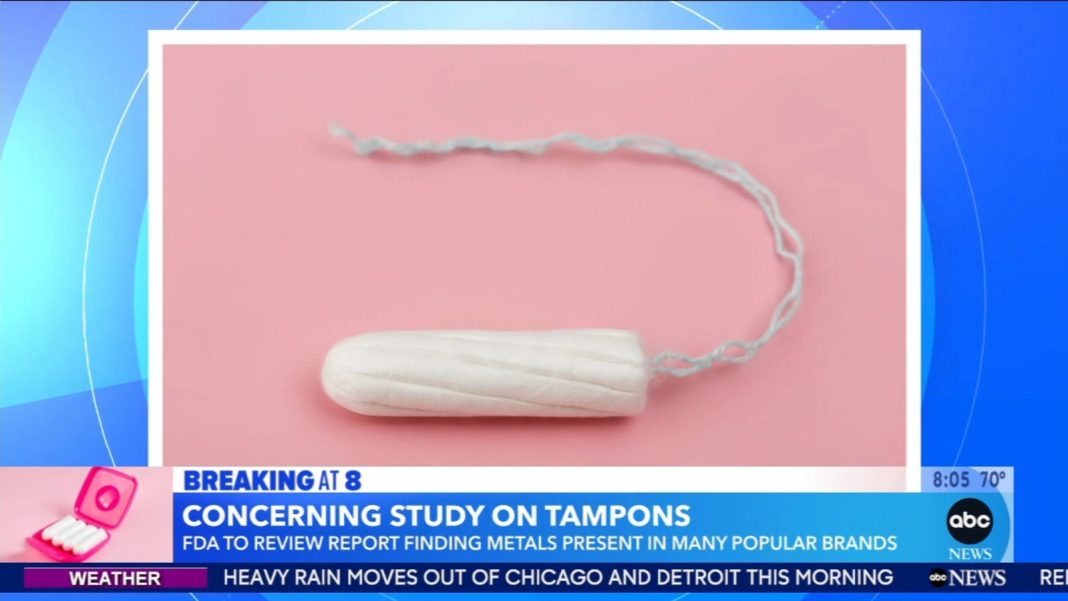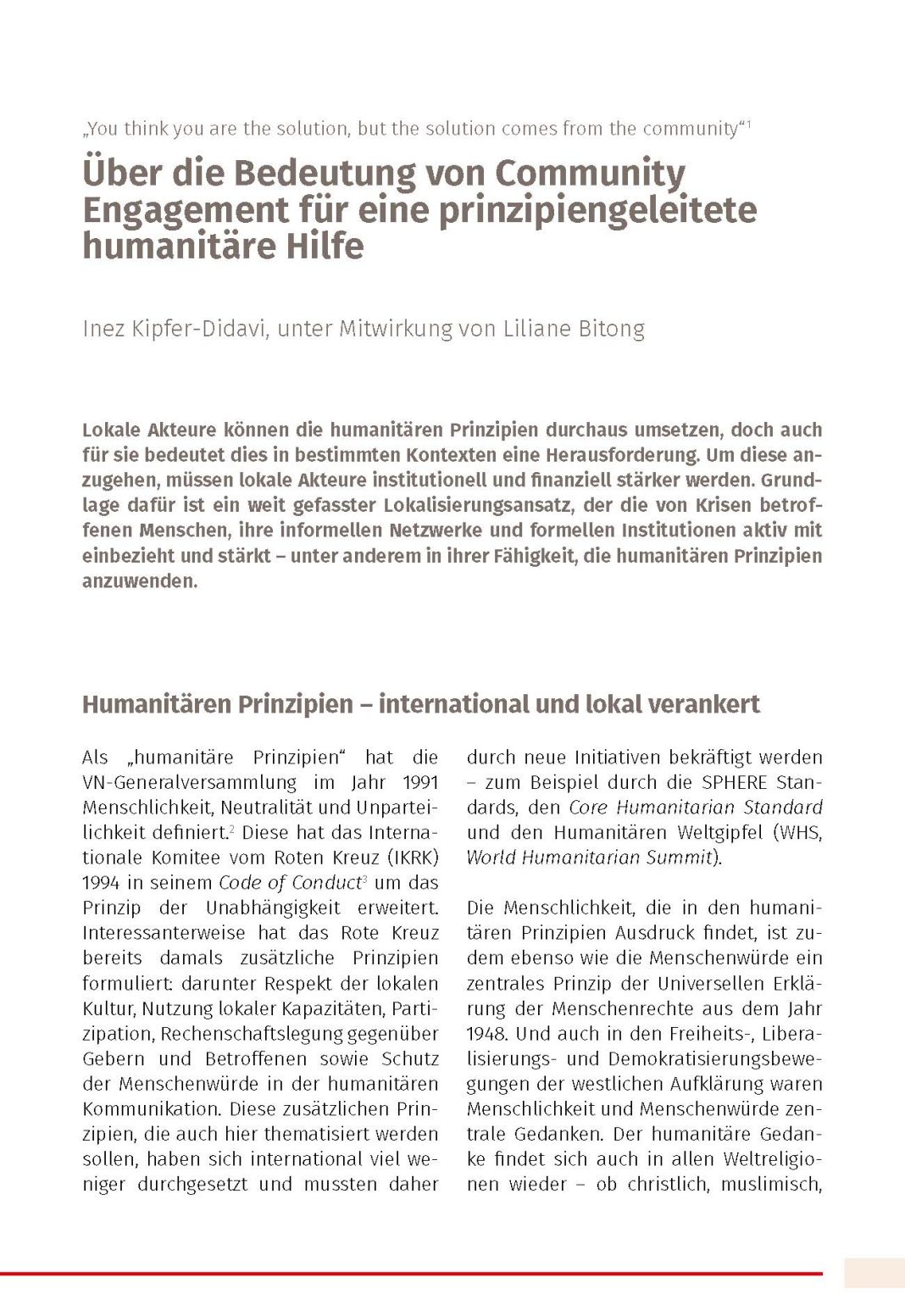New Study Finds Variable Levels of Heavy Metals in Tampons
A recent study conducted by researchers at the University of California, Berkeley, has caught the attention of the U.S. Food and Drug Administration (FDA). The study, published in Environmental International, examined the levels of heavy metals, including lead, mercury, arsenic, and iron, in 30 tampons from 14 different brands obtained from the United States, Greece, and England. The findings revealed varying levels of metals present in all 30 tampons, regardless of whether they were organic or non-organic brands.
While the study does not definitively establish a direct link between these metal levels and negative health effects in tampon users, the researchers called for further investigation into the matter. Lead author Jenni A. Shearston, a postdoctoral scholar at UC Berkeley’s School of Public Health and Department of Environmental Science, Policy, and Management, emphasized the need for manufacturers to test their products for toxic metals.
The FDA acknowledged the study’s limitations but assured the public that it is reviewing the findings and will take appropriate action to protect consumers’ health. The agency pointed out that the study did not assess whether these metals are released from tampons when used or whether they can be absorbed into the vaginal lining or bloodstream.
Experts have emphasized that the study only measured the levels of metals in tampon materials and did not examine their presence in users’ bloodstreams or evaluate any potential health impacts. Dr. Stephanie Widmer, an emergency medicine physician and medical toxicologist not involved in the study, stressed the need for further research to understand the absorption and potential effects of these metals on human health.
Dr. Jade A Cobern, a licensed and practicing physician board-certified in pediatrics and preventive medicine, echoed the sentiment that more research is necessary to draw definitive conclusions. She emphasized that the study does not provide evidence that women who use tampons have higher levels of heavy metals in their blood compared to those who do not use tampons.
The study’s authors acknowledged that the detected metals are commonly found in the environment and could come into contact with tampon materials through various means, such as water, air, soil, nearby contamination, or the manufacturing process. However, further research is needed to understand precisely how these metals are making their way into tampons.
In conclusion, while this study raises concerns about the presence of heavy metals in tampons, it does not establish a direct link to negative health effects. The FDA’s review of the study’s findings highlights the need for additional research to better understand the potential risks associated with these metals and their impact on human health. Manufacturers and regulatory agencies should consider conducting further testing and implementing better labeling practices to ensure the safety of menstrual products.


